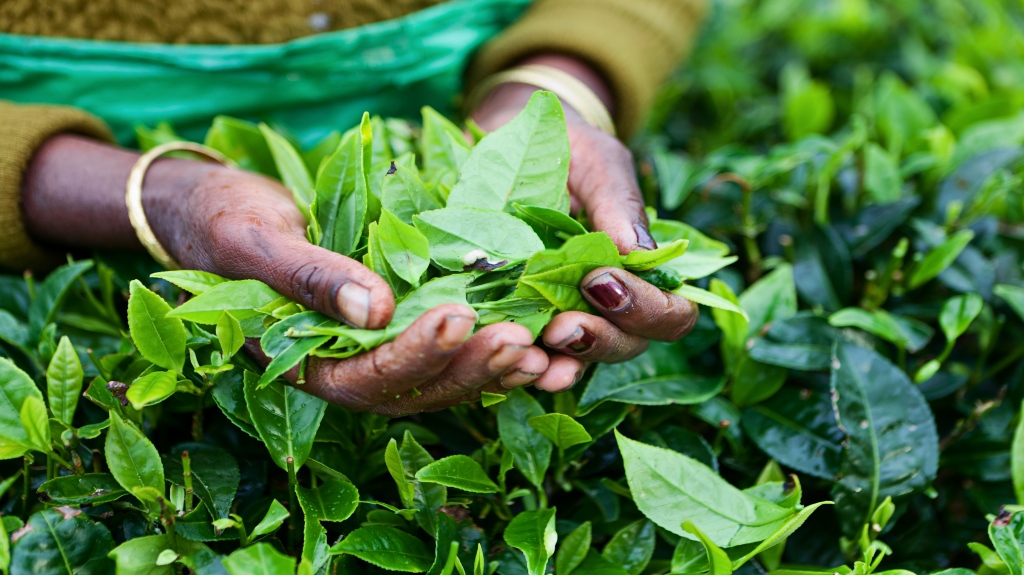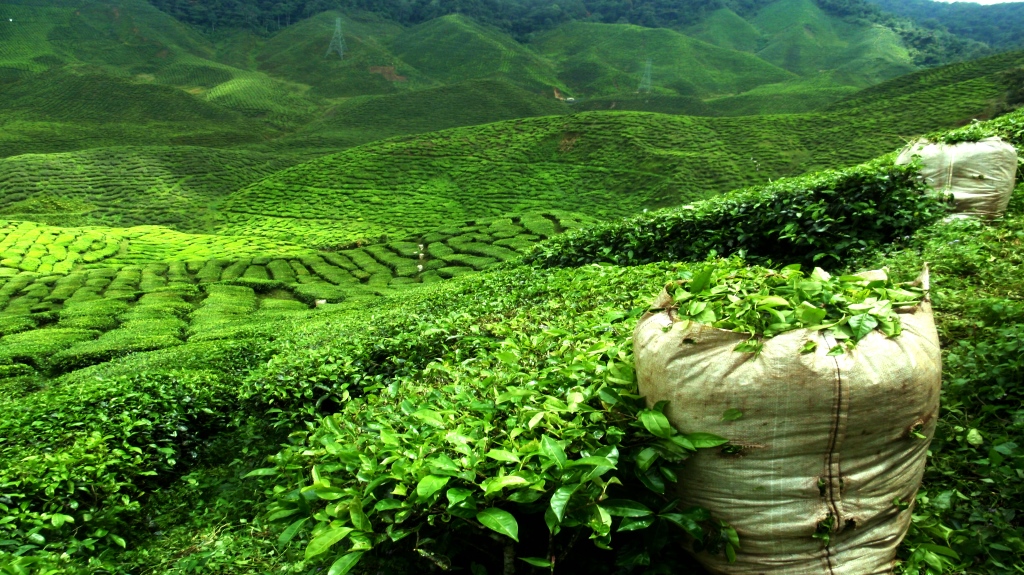In Sri Lanka, tea is not just central to life in the Hill Country, it is a vital part of the entire nation’s culture. From its role as the hot beverage of choice to its place in the economy, Sri Lanka tends to revolve around tea. Being one of the world’s largest exporters, we feel Sri Lanka’s tea quality compares very favorably with our beloved Kyoto’s green matcha blends. There are several picturesque tea plantations to be walked, such as Mackwoods Labookellie Tea Plantation. Established in 1841 by British Ship’s Captain William Mackwood, the plantation covers 27,000 acres and employs over 9,500 people. While on a Kipling & Clark private tour of these plantations, a tea sommelier will give a detailed overview of tea making and tasting!

The History
Tea came into Sri Lanka when extensive coffee plantations were decimated by disease in the 19th-century. The first Sri Lankan tea was grown in 1867 at the Loolecondera Estate southeast of Kandy by James Taylor. Plantation owners discovered that the Hill Country’s combined warm climate, altitude, and the sloping terrain is a winning combination that’s perfect for growing tea. Shipments of Ceylon tea began filling London warehouses in the 1870s. Fortunes were made by the early growers, which included a name still famous worldwide today: Thomas Lipton. Sir Thomas Lipton’s Ceylon tea company has its roots in Haputale, a town in Sri Lanka’s misty Hill Country. In 1880 the Scottish entrepreneur bought plantations there and began shipping the leaves that fueled an empire back to England. A fun stopover is Lipton’s first factory, still in use, where one can finish a cup of tea at “Lipton’s Seat” where Sir Thomas himself meditated!
During the next several decades, tea production spiraled upwards. Rainforests were cleared and plantations greatly expanded. A running war was fought with various pests and diseases that afflicted the crops and all manner of chemicals were created to keep the tea plants looking serene and green.
In probably an unintentional bit of honesty, Ceylon’s main tea producers banded together and funded a marketing arm in 1932, called the Ceylon Tea Propaganda Board. Sri Lanka overtook Kenya as the second most important tea producing nation in 2008, with an annual production of 330 million kilograms. Sri Lankan tea (intentionally branded as ‘Ceylon’ tea) enjoys a premium positioning and its auction sale prices are over 50% higher than the main rival and market leader, India. The annual value of the Sri Lankan tea crop is nearing the $1 billion range and it represents 15% of the country’s economy. Despite the British roots of the industry, most Ceylon tea today is exported to Eastern Europe and the Middle East, where the product is in enormous demand. Besides the various forms of ubiquitous black tea, Sri Lanka produces green tea, which is known for its more pungent flavor, and white tea, which is among the most premium of teas and is often called “silver tips”.
